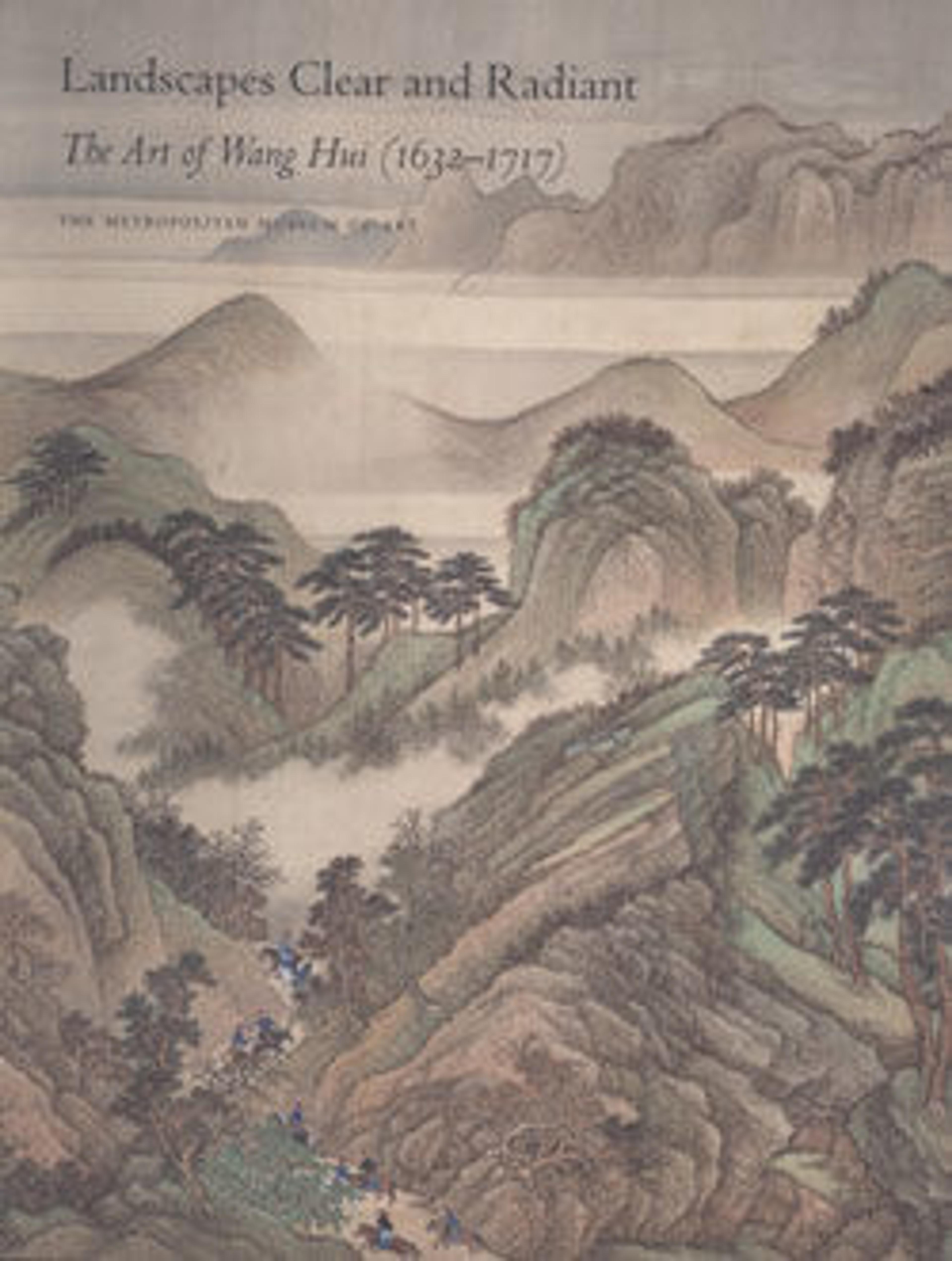Landscapes after old masters
This album contains paintings by Wang Hui and four of his students. In 1692, Wang was organizing a major imperial commission to commemorate the Kangxi emperor’s 1689 Southern inspection tour, a visit to the empire’s south. As the workshop master, Wang had to find worthy assistants, and this collaborative piece seems to have played a role in the selection, as the four students who worked on this album would go on to assist with the Southern Inspection Tour handscrolls. Each leaf is painted in the manner of a different old master; together, the album expresses Wang Hui’s and his students’ mastery of the landscape painting tradition.
Artwork Details
- 王翬、楊晉、顧昉、王雲、徐玫 仿古山水圖 冊
- Title: Landscapes after old masters
- Artist: leaves a, o, p by Wang Hui (Chinese, 1632–1717)
- Artist: leaf b by Xu Mei (Chinese, active ca. 1690–1722)
- Artist: leaves c, d by Wang Yun (Chinese, 1652–after 1735)
- Artist: leaves e,f,g,h,i,j by Yang Jin (Chinese, 1644–1728)
- Artist: leaves k,l,m,n by Gu Fang (Chinese, active ca. 1690–1720)
- Period: Qing dynasty (1644–1911)
- Date: dated 1692
- Culture: China
- Medium: Album of sixteen leaves; ink and color on paper
- Dimensions: Image (each leaf): 11 x 12 1/8 in. (27.9 x 30.8 cm)
- Classification: Paintings
- Credit Line: Gift of Marie-Hélène and Guy A. Weill, 2000
- Object Number: 2000.665.2a–p
- Curatorial Department: Asian Art
More Artwork
Research Resources
The Met provides unparalleled resources for research and welcomes an international community of students and scholars. The Met's Open Access API is where creators and researchers can connect to the The Met collection. Open Access data and public domain images are available for unrestricted commercial and noncommercial use without permission or fee.
To request images under copyright and other restrictions, please use this Image Request form.
Feedback
We continue to research and examine historical and cultural context for objects in The Met collection. If you have comments or questions about this object record, please complete and submit this form. The Museum looks forward to receiving your comments.
